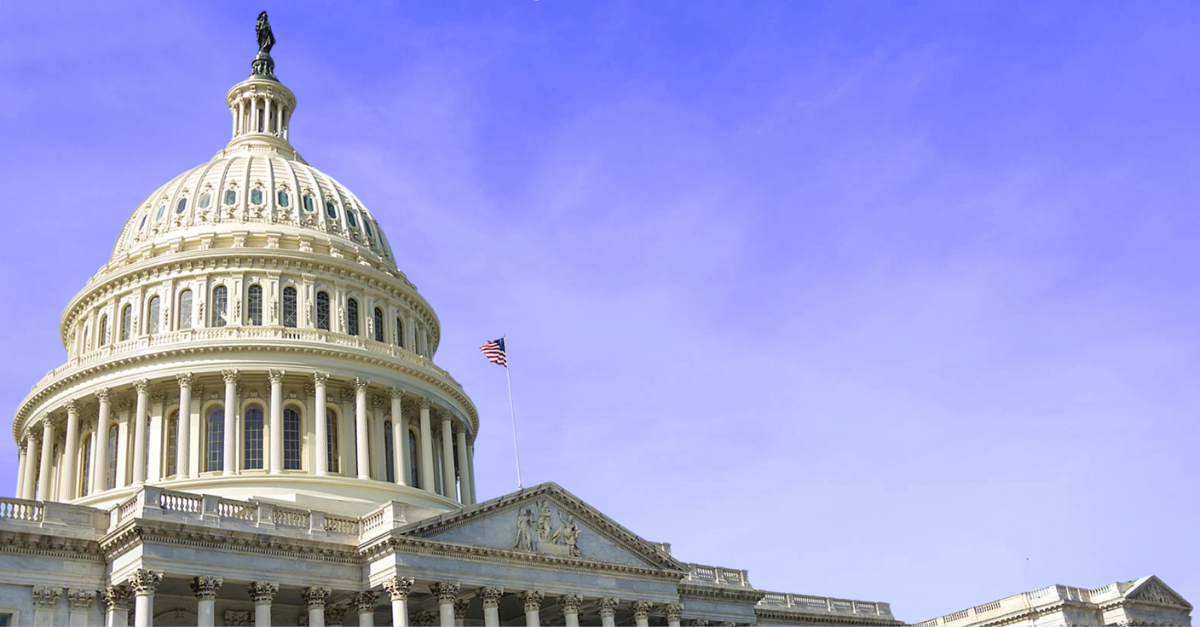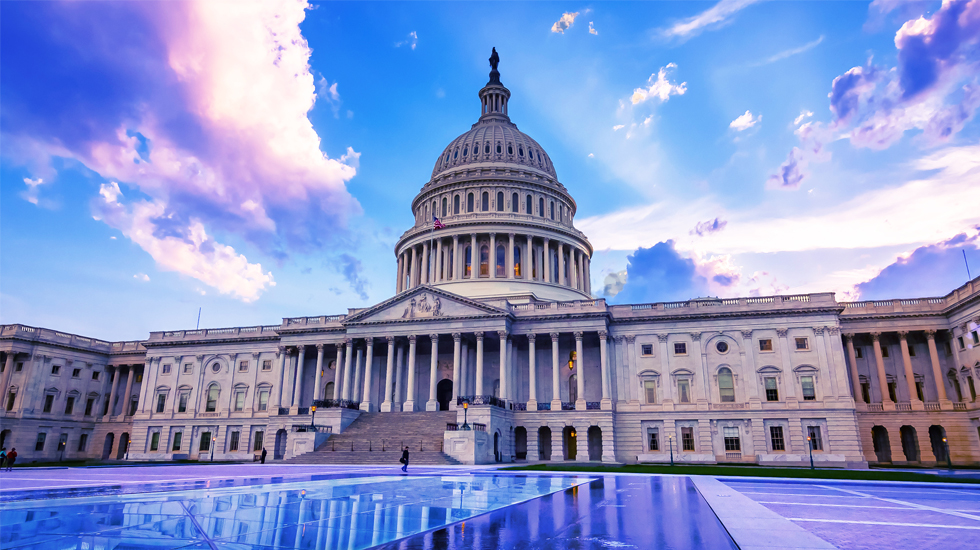Antitrust: DOJ/FTC 2023 Merger Guidelines
11 guideline areas for all industries/sectors

KPMG Regulatory Insights
- Vertical and Horizontal. Cover all types of mergers, and replace both the previous 2020 Vertical Merger Guidelines and the 2010 Horizontal Merger Guidelines.
- Competitive Harm Expanded. To include “workers, creators, suppliers, and other providers” as well as serial acquisitions, minority interests, labor markets, and platform markets.
- Scrutiny and Rebuttal. Competitive harm may be rebutted by evidence presented by the merging parties. Expect continued critical analysis of mergers as well as continued regulatory enforcements.
__________________________________________________________________________________________________________________________________________________
January 2024
The U.S. Department of Justice (DOJ) and the Federal Trade Commission (FTC) (collectively “the Agencies”) issued new merger guidelines, referred to as the “2023 Merger Guidelines,” which describe “factors and frameworks” that the Agencies use when reviewing mergers and acquisitions transactions for compliance with the federal antitrust laws. The new guidelines are [MS1] intended to “reflect modern market realities, advances in economics and law, and the lived experiences of a diverse array of market participants.” Further, they reflect feedback submitted in response to the draft merger guidelines proposed in July 2023 (see KPMG Regulatory Alert here) as well as multiple public outreach efforts (see workshops, here, and industry-specific listening forums, here).
The 2023 Merger Guidelines comprises eleven (11) different guidelines for assessing whether a merger may substantially lessen competition or tend to create a monopoly. Guidelines 1 to 6 describe distinct analytic frameworks to identify if a merger raises concerns about potential harm to competition; guidelines 7-11 explain how to apply the frameworks in specific settings.
Guideline | Description |
|---|---|
1 | Mergers raise a presumption of illegality when they significantly increase concentration in a highly concentrated market. |
2 | Mergers can violate the law when they eliminate substantial competition between firms. |
3 | Mergers can violate the law when they increase the risk of coordination. Analyzes the risk that the merger may facilitate coordination among rivals, allowing them to compete less aggressively or coordinate to raise prices/layout. |
4 | Mergers can violate the law when they eliminate a potential entrant in a concentrated market. |
5 | Mergers can violate the law when they create a firm that may limit access to products or services that its rivals use to compete. |
6 | Mergers can violate the law when they entrench or extend a dominant position. |
7 | When an industry undergoes a trend toward consolidation, the Agencies consider whether it increases the risk a merger may substantially lessen competition or tend to create a monopoly. |
8 | When a merger is part of a series of multiple acquisitions, the Agencies may examine the whole series. |
9 | When a merger involves a multi-sided platform, the Agencies examine competition between platforms, on a platform, or to displace a platform. |
10 | When a merger involves competing buyers, the Agencies examine whether it may substantially lessen competition for workers, creators, suppliers, or other providers. |
11 | When an acquisition involves partial ownership or minority interests, the Agencies examine its impact on competition. |
Note: The guidance highlights frameworks and factors that are considered by the Agencies in M&A but does not predetermine enforcement actions. The agencies denoted that these 11 guidelines “are not mutually exclusive, as a single transaction can have multiple effects or raise concerns in multiple ways”.
Rebuttal and Defense Evidence. Where the Agencies identify concerns that a merger may substantially lessen competition or tend to create a monopoly, they will also examine relevant evidence to determine if the evidence may disprove or rebut concerns. The guidelines identify the following common types of rebuttal and defense evidence that the Agencies will consider, and that merging parties can present to rebut an inference of potential harm:
- Failing firms (e.g., evidence showing that a merging party’s financially weak position prevents the likelihood of reducing market competition)
- Entry and repositioning (e.g., the rapid timeframe of the entry of a merger)
- Procompetitive efficiencies (e.g., evidence that the merger “would not substantially lessen competition in any relevant market in the first place”.)
Related Enforcement Actions. Recent antitrust enforcement actions highlight the Agencies’ growing merger concerns, including the potential for:
- Higher costs for consumers
- Limited choices for products and providers
- Reduced innovation
- Suppressed competition / monopolization
- Elimination of nascent competitors
Dive into our thinking:
Antitrust: DOJ/FTC 2023 Merger Guidelines
11 guideline areas for all industries/sectors
Download PDFExplore more
Get the latest from KPMG Regulatory Insights
KPMG Regulatory Insights is the thought leader hub for timely insight on risk and regulatory developments.
Meet our team



